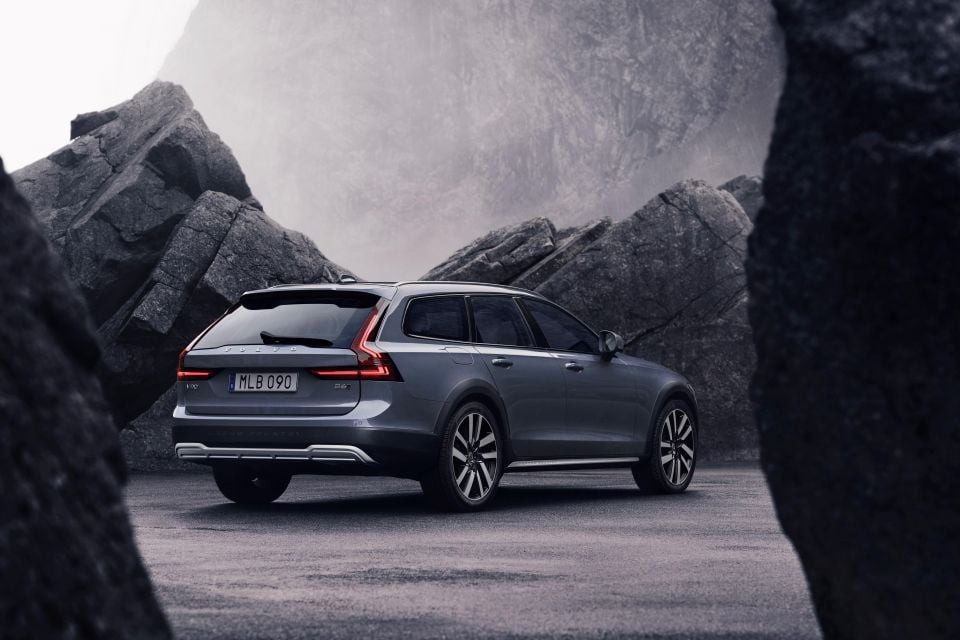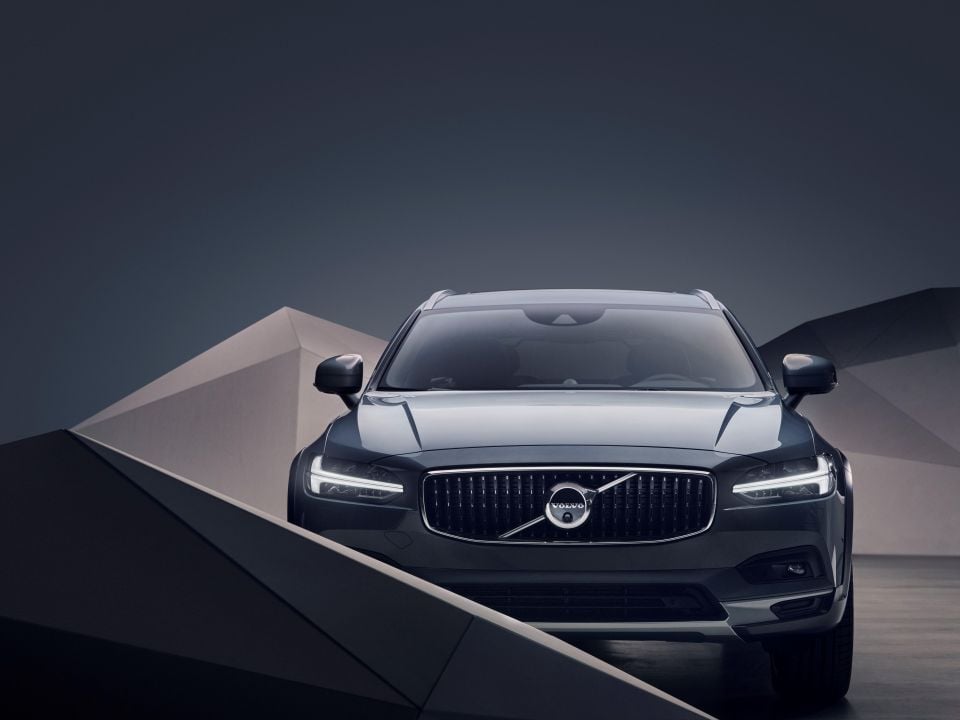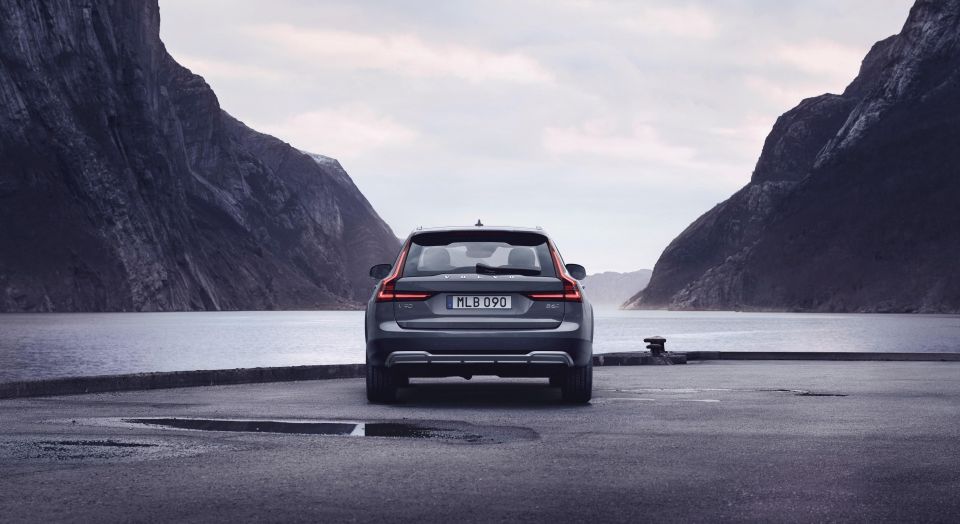

Damion Smy
Chevrolet Corvette Grand Sport could get 6.7-litre LS6 V8 - report
22 Minutes Ago

News Editor
Station wagons are a key part of Volvo’s history. It’s understandable, then, why the Swedish automaker is persisting with the low-volume V90 Cross Country.
Revealed earlier this year, the updated version of the brand’s flagship wagon will touch down in Australia before the end of the year.
Tweaks include a new front bumper and fog lights, as well as redesigned tail lights and new colour and wheel options.

Inside, Volvo has added its Advanced Air Cleaner which features a PM 2.5 particle sensor. You’ll be able to monitor interior air quality via the infotainment system.
Other updates revealed overseas include an upgraded Bowers & Wilkins sound system, the substitution of the rear-seat 12V outlets with dual USB-C outlets, and the option of new wool-blend upholstery and wireless phone charging.
A 48V mild-hybrid system is now available in the S90, V90 and V90 Cross Country in other markets, though the V90 Cross Country isn’t among the mild-hybrid vehicles Volvo plans to introduce over the next 12 or so months.

The V90 Cross Country will continue to be powered by a 2.0-litre twin-turbocharged diesel four-cylinder producing 173kW of power and 480Nm of torque, sending power to all four wheels via an eight-speed automatic transmission.
Slotting in above Volvo’s other wagon, the V60, the V90 Cross Country – available only in a single variant – is now the only 90-series passenger car the company sells in Australia following its withdrawal of the S90 last year.
The planned introduction of the regular V90 wagon has also never eventuated.
The V90 Cross Country measures 1537mm tall, or 65mm taller than the regular V90 not offered here. Nevertheless, this is unmistakably a station wagon, offering a much sleeker silhouette than Volvo’s SUV range.


Wagons have become an increasingly niche product in Australia, with the remaining models mostly belonging to German luxury brands.
Two of those brands – Audi and Mercedes-Benz – offer direct rivals to the V90 Cross country in the shape of the A6 Allroad and E-Class All-Terrain, respectively, but they cost around $30,000 more than the big Volvo.
Despite its relatively sharp price of $80,990 before on-road costs, the V90 Cross Country was outsold by its full-size XC90 SUV stablemate by more than 20-to-1 last year with just 57 sales recorded.
It’s enjoyed a little bit of an uptick this year, however. Through the end of July, Volvo has already sold 46 examples. Audi and Mercedes-Benz don’t break out sales figures for their rival high-riding wagons.
Where expert car reviews meet expert car buying – CarExpert gives you trusted advice, personalised service and real savings on your next new car.
William Stopford is an automotive journalist with a passion for mainstream cars, automotive history and overseas auto markets.


Damion Smy
22 Minutes Ago


Damion Smy
2 Hours Ago


Damion Smy
4 Hours Ago


Damion Smy
5 Hours Ago


Damion Smy
6 Hours Ago


William Stopford
8 Hours Ago